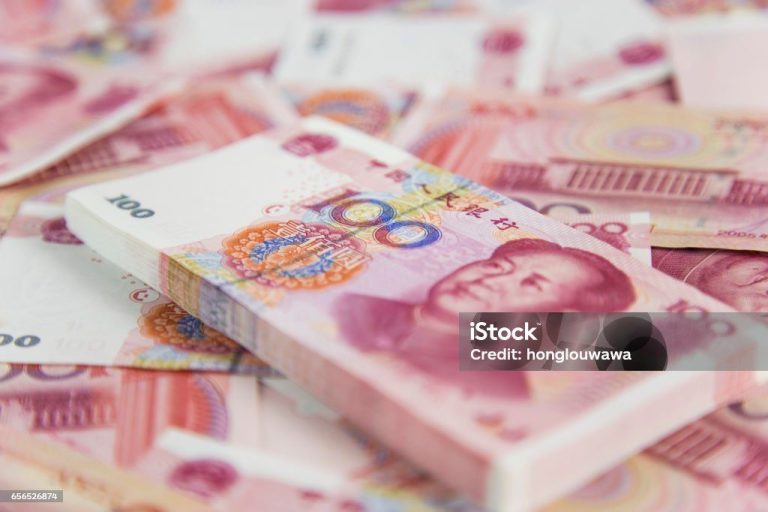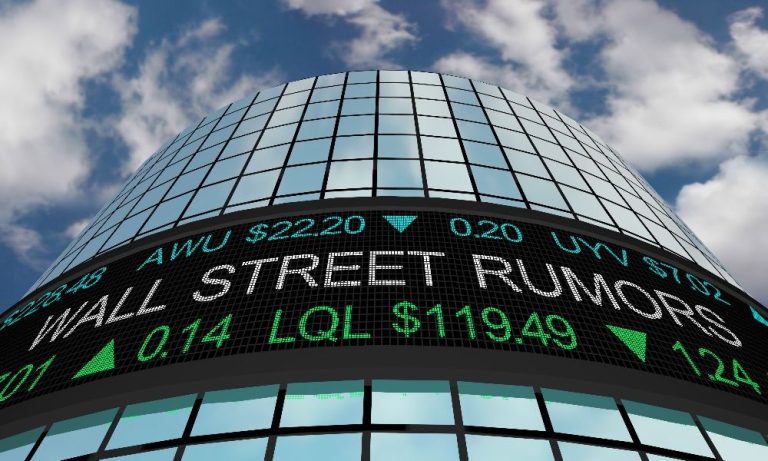Donald Trump’s return to the White House promises a bold revival of tariffs, a policy he now considers his signature move.
His proposed measures include a 25% tariff on goods from Mexico and Canada and an additional 10% levy on Chinese imports.
While Trump argues these moves will protect American jobs and reduce trade deficits, the effects are already rippling across economies.
From China’s strategic countermeasures to Mexico’s fears of economic slowdown, nations are bracing for both the direct and indirect fallout of Trump’s trade war.
China has a target on its back
China is Trump’s primary target. With tariffs on Chinese imports potentially reaching as high as 35-60%, Beijing faces a direct hit to its export-driven economy.
Analysts estimate these measures could shave up to 1% off China’s GDP growth, which already slowed to 4.8% in 2024—below Beijing’s 5% target.
However, China is not unprepared. Over the past five years, Beijing has crafted what experts call a “supply chain warfare” strategy.
It has introduced export controls on critical materials like rare earths and lithium, essential for global tech and automotive industries.
The country also signaled its readiness to weaponize its currency.
Allowing the yuan to weaken strategically could offset the impact of tariffs and maintain the competitiveness of its exports.
Additionally, Beijing is leveraging diplomatic and trade ties with other regions, such as Southeast Asia and the Global South, to diversify its markets and reduce dependence on the US.
On top of that, sanctions on US companies operating in China have disrupted American supply chains.
Finally, Beijing has also unleashed $2.03 trillion in domestic stimulus to support its economy, though critics argue these measures are insufficient to address structural weaknesses like deflation and weak consumer demand.
Whether these policies can buffer the impact of Trump’s tariffs remains an open question.
Mexico remains vulnerable
Mexico is the United States’ largest trading partner. It now faces an existential threat from Trump’s proposed 25% tariff.
With 80% of its exports heading north, the potential damage is staggering: nearly 11% of Mexico’s GDP could be at risk, according to Bloomberg Economics.
Key industries, particularly agriculture and automotive manufacturing, are bracing for the worst.
Avocado growers, for instance, fear that higher prices could push US consumers to abandon the fruit altogether.
Similarly, Mexican-made car parts—critical to North American supply chains—could see reduced demand as tariffs make them costlier for US manufacturers.
Nevertheless, president Claudia Sheinbaum remains publicly optimistic, emphasizing Mexico’s efforts to curb migration and drug flows.
Through her words, she is justifying Trump’s tariffs.
Behind the scenes, however, her administration is drafting retaliatory tariffs targeting politically sensitive US industries.
Historically, Mexico has focused on products like whiskey and dairy during trade disputes, and this playbook is likely to be revisited.
How much leverage does Canada have?
Canada’s economic integration with the US makes it highly susceptible to Trump’s policies.
Over 75% of Canadian exports are US-bound, including key sectors like energy, lumber, and automotive manufacturing.
Analysts predict that a 25% tariff could push Canada’s inflation above 7% by mid-2025, while unemployment could climb to 8%.
Prime Minister Justin Trudeau has maintained a diplomatic stance, emphasizing dialogue over retaliation.
However, Canada is also preparing a list of countermeasures should negotiations fail.
The 2018 steel and aluminum tariff dispute serves as a blueprint, where Canada imposed tariffs on US goods like whiskey and yogurt to apply pressure on politically significant regions.
The tariffs’ effects could ripple back into the US as well.
Canadian oil accounts for 20% of US energy supplies, and higher tariffs could raise American gas prices by up to 70 cents per gallon, according to analysts.
Japan could be caught in a crossfire
Japan, the world’s third-largest economy, is not directly targeted by Trump’s tariffs but remains vulnerable to their indirect effects.
Tariffs on Chinese and Mexican goods could disrupt Japanese supply chains, particularly for companies with production facilities in those countries.
Japanese officials are concerned about potential scrutiny over currency manipulation and trade imbalances, areas where Tokyo is already under US monitoring.
Japan’s trade surplus with the US remains significant, and its weakening yen could draw further criticism from the Trump administration.
Despite these challenges, Japan has some buffers. Its $783 billion in cumulative foreign direct investment in the US makes it the largest foreign employer in American manufacturing, a position that could offer some leverage in negotiations.
Tokyo is also aligning with US efforts to strengthen supply chain resilience and limit critical technology exports to China.
If Japan plays its cards right, it could emerge as the unexpected winner of Trump’s potential trade war.
An opportunity in disguise for India
India stands apart from other nations as it views Trump’s tariffs as an opportunity rather than a threat.
While Trump has criticized India for high tariffs, New Delhi is open to negotiating better trade terms for US firms in exchange for improved access for Indian exports.
India’s diversified trade relationships and relatively low dependence on the US market make it less vulnerable to direct impacts.
In 2023, India’s exports to the US totalled $120 billion, making America its largest trading partner.
Officials are optimistic about reviving stalled trade talks from Trump’s first term, potentially paving the way for a limited trade deal or even a free trade agreement.
What’s at stake?
Trump’s tariffs are not just about economics; they are a political tool.
By tying tariffs to issues like immigration and drug trafficking, Trump is broadening their scope beyond trade. However, the economic consequences of such policies could be profound.
For US consumers, tariffs mean higher prices for everyday goods.
For trading partners like China, Mexico, and Canada, tariffs threaten to destabilize economies heavily reliant on US trade.
The global implications are equally significant.
Tariffs could undermine multilateral institutions like the World Trade Organization and push nations toward more protectionist policies.
This fragmentation risks eroding decades of progress in global economic cooperation.
For countries like Japan and India, the focus will be on balancing cooperation with the US while protecting their own interests.
Nations are likely to adopt a mix of retaliatory measures, strategic concessions, and long-term investment shifts to mitigate the impact of Trump’s trade policies.
Trump’s tariffs are a double-edged sword. While they may serve as a negotiating tool, their economic fallout could ripple across the global economy, affecting consumers, manufacturers, and policymakers alike. Whether these policies achieve their intended goals remains to be seen.
The post Who are the winners and losers of Trump’s tariffs? appeared first on Invezz










